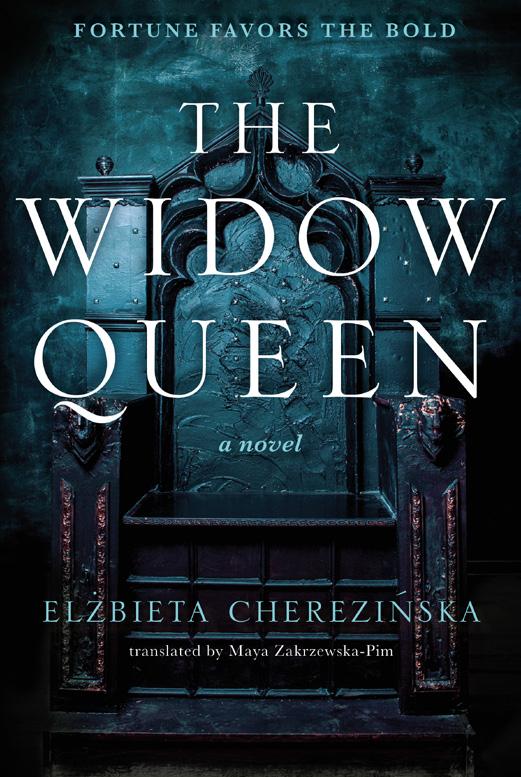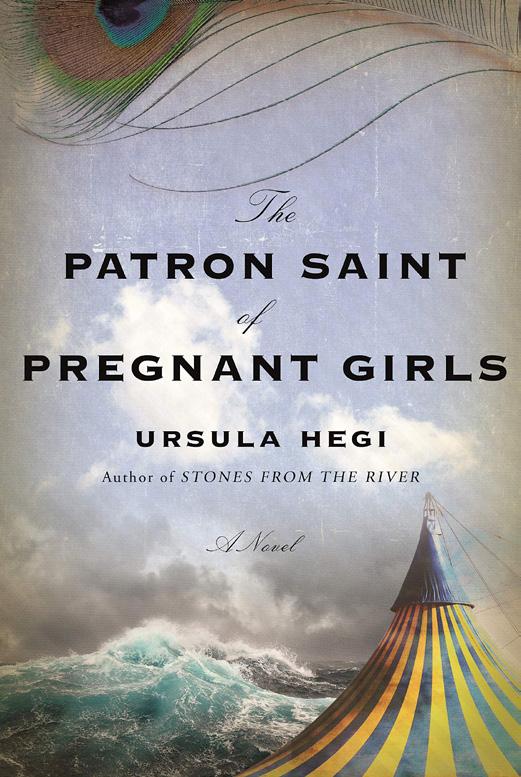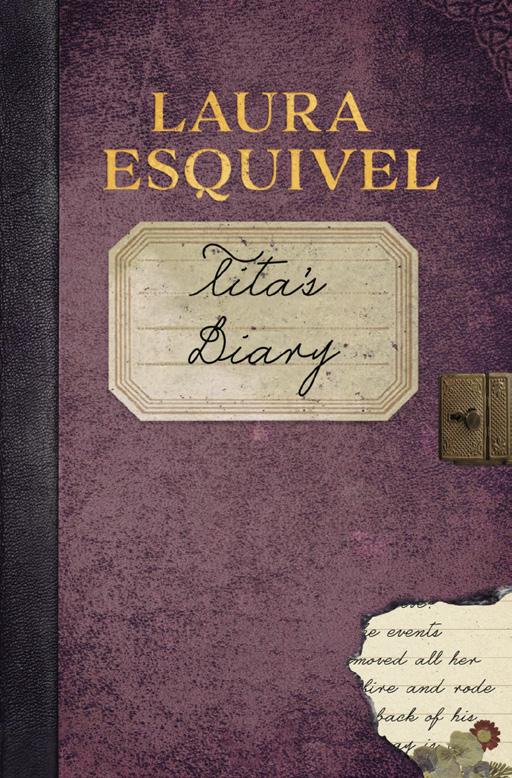
9 minute read
Band of Sisters
BY M.K. TOD
Lauren Willig’s true account of the triumph of hope over hopelessness
Advertisement
1917 France. A country torn apart by war. Villages destroyed. Families homeless. Children orphaned. Women pregnant against their will. To this land comes a small band of college graduates—a band of women inspired by the notion of helping French citizens rebuild their lives.
Lauren Willig’s latest novel, Band of Sisters (William Morrow, 2021), explores the true story of the Smith College Relief Fund, a group of American college women who crossed the Atlantic in April 1917 to help the people of the Somme region whose lives had been ravaged by the German invasion of France. “As they left, the Germans destroyed everything that could be destroyed, poisoning the wells, breaking the plows, sending all the able-bodied to work camps in Germany while sending back the old, infirm, and very young to their devastated villages to be a burden on the French government.”
Setting the stage for such a story requires extensive research. Fortunately, Willig was able to draw on research she’d already done for All the Ways We Said Goodbye (William Morrow, 2020), a novel co-written with Beatriz Williams and Karen White. She told me that she’d “read in horrifying detail what they [the French] had endured during the German occupation.” To that she was able to add “information gleaned and relayed by the Smith College Relief Unit in their own reports and letters” about “the actual travails suffered by the families they served.”
Band of Sisters brings this true story to life through a unique group of fictional characters. Kate Moran, a scholarship candidate with an inferiority complex; Emmie Van Alden, dominated by a famous socialite, suffragist mother; Maud Randolph, a schemer; Liza Shaw, Maud’s sidekick; Mrs. Rutherford, the energetic and determined leader of the group; Julia Pruyn, a doctor with a secret; and several more. Willig told me she wasn’t “comfortable taking the real people and turning their inner lives public, so I compromised: all the events in the book are things that really happened … but I replaced the real members of the Unit with my own fictional creations.” Some were “entirely the product of my imagination.” Others were very closely inspired by the real members of the Unit.
I asked Lauren Willig about the themes she explored in the novel. She confessed that she is “a character-driven author, and any themes that emerge do so at the behest of the characters, rather than my characters shaping themselves to a theme.” However, she knew from the beginning that friendship would be a central theme along with the theme of belonging, “with finding one’s place in the world, even if it’s not the place anyone thought you ought to be.” Another element that emerges through the story is the “importance of knowing oneself—and, therefore, being able to get past the superficial externals and truly know and care for others.”
Central to Band of Sisters is “the triumph of hope over hopelessness. Of plunging in and doing everything one can for a good cause, and then plunging in again, even if it seems hopeless, even if you have no idea what you’re doing.” This comes out in so many scenes, as the Smith women find ways to overcome the problems faced by the French villagers from lack of food and clothing to illness, grief, and despair. And, like emptying a lake bucket by bucket, the Smith women gradually make a difference.
As I read the story, I asked myself what motivated these women to go overseas and face the dangers of war. According to Willig’s research, there were some who “had a strong romantic attachment to the idea of France, and felt that they wanted to be part of this momentous historical moment . . . there was also an element of adventure to it, of getting to go abroad and be in on the action.” Others, “like the founder of the unit, Harriet Boyd Hawes, were motivated by a strong humanitarian sentiment” because the “reality of the crisis, the women and children in need, was truly staggering and heartbreaking.”
And there were those who saw the venture as “a chance to strike a blow for women’s rights.” Willig points out that this was a time when “women still didn’t have the vote in the United States. Both the founder and the members of the Smith Unit were very aware that the world was watching them and that if they could pull this off, if they could make a success of their mission, it would have a real impact for women’s rights and women’s suffrage.”
In keeping with what really happened, a significant portion of Band of Sisters takes place behind the lines where the war didn’t actively intrude on the unit’s day-to-day world. These women undertook the difficult work of rebuilding communities, a truly mammoth task. They “drove to far-flung villages in driving rain, taught classes to shell-shocked children who had forgotten how to play, begged officials for various supplies from petrol to school benches… They rose at dawn, often spent the whole day out in their highly unreliable trucks going from village to village or tramping there on foot with supplies strapped to their backs.”
Despite their circumstances—or perhaps because of them—the women created hope for the hopeless, a spirit of community out of the devastation of war, and laughter for each other and for the American and Canadian soldiers stationed around them. According to Willig, “everything was grist for humor, from the trucks breaking down to buying the wrong kind of fowl, to waking up to thirtydegree weather with their water jugs frozen solid. They turned all their mishaps into jokes at their own expense in their chatty, snarky, hilarious letters home.”
Band of Sisters responds compellingly to a central question: “What happens when you take a group of women with wildly different personalities and interests and set them down in the high-pressure situation of a war zone?”
Lauren Willig is a New York Times and USA Today bestselling author. She has many novels to her credit, including eight in her Pink Carnation series – think Regency spies – several novels written with other authors, and six historical novels, some of which are dual timelines. She has a graduate degree in history and a JD from Harvard Law School, an excellent foundation from which to write a story like this.
M.K. Tod writes historical fiction. Her most recent novel, Time and Regret was published by Lake Union. She can be contacted on Facebook, Twitter and Goodreads or on her blog A Writer of History.

CHANGING PERCEPTIONS OF HISTORY
BY LISA REDMOND Dedicated to all women about whom history is silent
Through the translation skills of Maya Zakrewska-Pim and an American publisher, the English-speaking world will finally be able to explore the powerful writing of one of Poland’s biggest selling authors: Elzbieta Cherezińska. The Widow Queen (Forge, 2021) is her first publication in English, and it explores the story of Świętosława, the 10th-century princess who became a powerful Scandinavian queen. Cherezińska has been fascinated with Świętosława for many years.
“I encountered Świętosława for the first time in a collection of essays I read as a teenager about the women of the Piast dynasty. I was fifteen or sixteen years old, and all I could think of was that she had been my age when she boarded the ship which took her away to Sweden. When, years later, my husband and I began our travels around Scandinavia, I found myself intrigued by the Viking culture, and I saw Świętosława in a new light. I felt as if I were seeing her in her natural habitat. Impressed by Scandinavia’s history, I wrote a tetralogy, set at the same time as The Widow Queen, in which I included a fictional scene depicting my heroes, Bjorn and Ragnar, meeting her and her sister Astrid. My next novel focused entirely on Świętosława's brother Duke Bolesław… and then I thought: why be satisfied with this? El, are you afraid of making her the heroine of her own story?”
The fact that Cherezińska waited for so many years before tackling the great queen’s story meant that she was able to make use of recent scholarship on the period, so that the original idea expanded into a much bigger story. “A few books were published in the interim which increased my understanding of Świętosława and the men in her life, and consequently by the time I began to work on what has become The Widow Queen, the story grew far bigger than I had initially anticipated. My research consisted of looking at the history of Poland, Sweden, Denmark, Norway, England and Kievan Rus. The largest number of written sources (chronicles) describe English history, but we must remember that the ancient history of all these countries has more in common with legend than fact. No chronicler ever recorded Świętosława's name. She is referred to as ‘Bolesław’s sister,’ ‘Mieszko’s daughter,’ ‘Sven’s wife,’ or ‘Cnut and Harald’s mother.’ I had to piece together her story from fragments of various chronicles, sources which told the stories of the men in her life.
“I also used the chronicles to collect information about Eric, Olav, Sven and Cnut’s conquests in order to describe the wars they fought as well as the impact their leaving for such prolonged period of time had on Świętosława's life. It was a fascinating adventure.
“On top of that, I reached for Scandinavian sagas written between the 12th and 14th centuries which detail the lives of kings and heroes, although I had to be careful when using these since the real and the fantastic are so closely entwined within them. Archaeological findings were a great help, too. I used these to help me recreate my heroes’ surroundings and homes, their clothes, households, items of everyday use, weapons and accessories. This enabled me to create a complete world filled with authentic detail – their world.”
For Cherezińska, recovering the names and the voices of women in medieval history is particularly important. The dedication of The Widow Queen reads:
To all the anonymous, forgotten princesses The nuns, wives, mothers and rulers, about whom history is silent The girls marked in biographies of dynasties with a sad ‘N.N.’
Cherezińska has restored Świętosława's name but without relinquishing the nickname given to her by the Scandinavians. “The original moniker attached to her name is Storråda, and it comes from an Icelandic saga about Olav Tryggvason. What is interesting is that the widow queen acquired it after she burned two of her suitors alive in a bath house. She wasn’t named Sigrid the Incendiary, Sigrid the Cruel, but Sigrid the Haughty. It provides context for her actions. Her decision wasn’t seen as a crime, but a battle for female dignity. In Viking culture (at the time, Świętosława was the late Swedish king Eric’s widow), courage, even bravado, was highly valued. Freya, the most famous goddess of Viking mythology, was simultaneously the embodiment of sex, magic, and war. This distinct combination of values led to Sigrid-Świętosława becoming Storråda… I’m not at all surprised that we reach for stories of the outstanding women who came before us, that we want to hear tales of ancient female rulers, to learn about the girls and the women who broke through the glass ceiling a thousand years ago. Our perception of history is changing, too. It became accepted over the centuries that history was created








